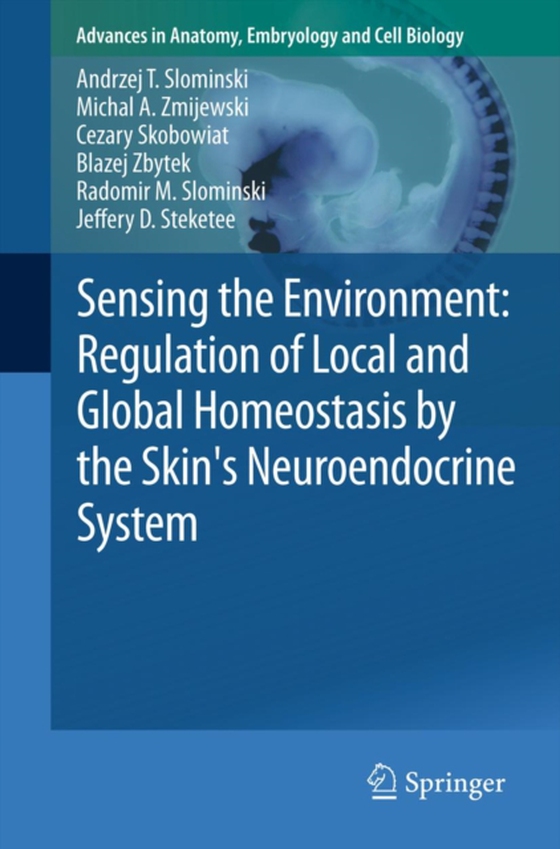
Sensing the Environment: Regulation of Local and Global Homeostasis by the Skin's Neuroendocrine System e-bog
436,85 DKK
(inkl. moms 546,06 DKK)
Described as the body's largest organ, the skin is strategically located at the interface with the external environment where it has evolved to detect, integrate and respond to a diverse range of stressors including UV radiation. Recent findings have established the skin as a peripheral neuroendocrine organ that is tightly networked to central stress axes. This capability contributes to the mai...
E-bog
436,85 DKK
Forlag
Springer
Udgivet
2 juni 2012
Genrer
Dermatology
Sprog
English
Format
pdf
Beskyttelse
LCP
ISBN
9783642196836
Described as the body's largest organ, the skin is strategically located at the interface with the external environment where it has evolved to detect, integrate and respond to a diverse range of stressors including UV radiation. Recent findings have established the skin as a peripheral neuroendocrine organ that is tightly networked to central stress axes. This capability contributes to the maintenance of skin's and body's homeostasis. Specifically, epidermal and dermal cells produce and respond to classical stress neurotransmitters, neuropeptides and hormones, and this production is modified by ultraviolet radiation and biological, chemical and physical factors. Examples of potent epidermal products include biogenic amines (catecholamines, serotonin and N-acetyl-serotonin), acetylcholine, melatonin and its metabolites, proopiomelanocortin-derived ACTH, b-endorphin and MSH peptides, corticotropin-releasing factor and related urocortins, corticosteroids and their precursor molecules, thyroid-related hormones, opioids and cannabinoids. The production of these molecules in the skin is hierarchical, following the algorithms of classical neuroendocrine axes (e.g. hypothalamic pituitary adrenal axis (HPA), hypothalamic-thyroid axis, serotoninergic/melatoninergic, catecholaminergic and cholinergic systems). The deregulation of these systems may be involved in the etiology of some skin diseases. These local neuroendocrine systems represent exquisite regulatory levels addressed at restricting the effect of noxious agents to preserve local and, consequently, global body's homeostasis and adapt to changing external environment. Furthermore, the skin-derived signals may also activate cutaneous sensory nerve endings to alert the brain on environment- or pathology-induced changes in the epidermal and dermal milieau, or alternatively, to activate other coordinating centers by spinal cord neurotransmission with, or without brain's involvement. Finally, the local neuroendocrine system will imprint resident and circulating immune cells to act as cellular messengers sent to other organs to coordinate responses to the changing environment.
 Dansk
Dansk

